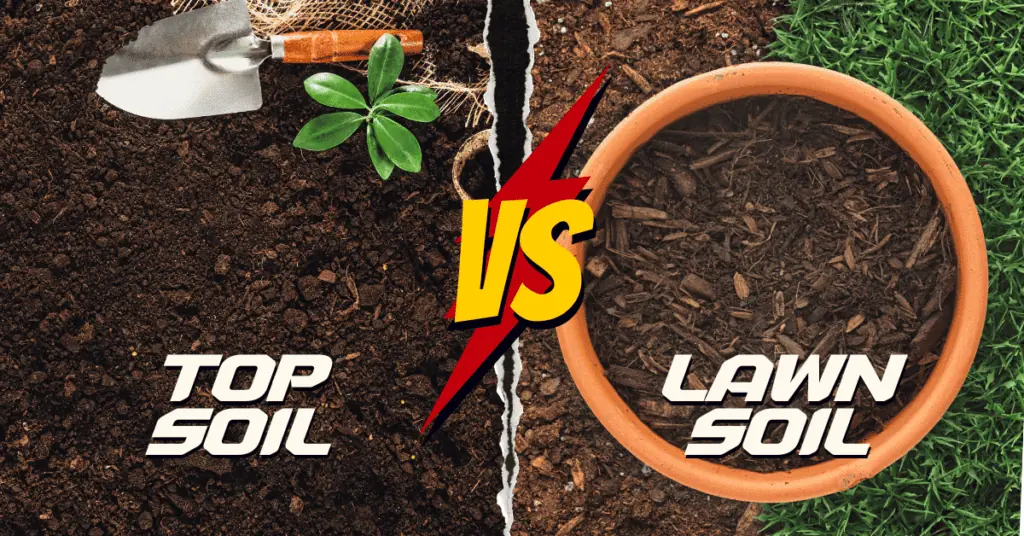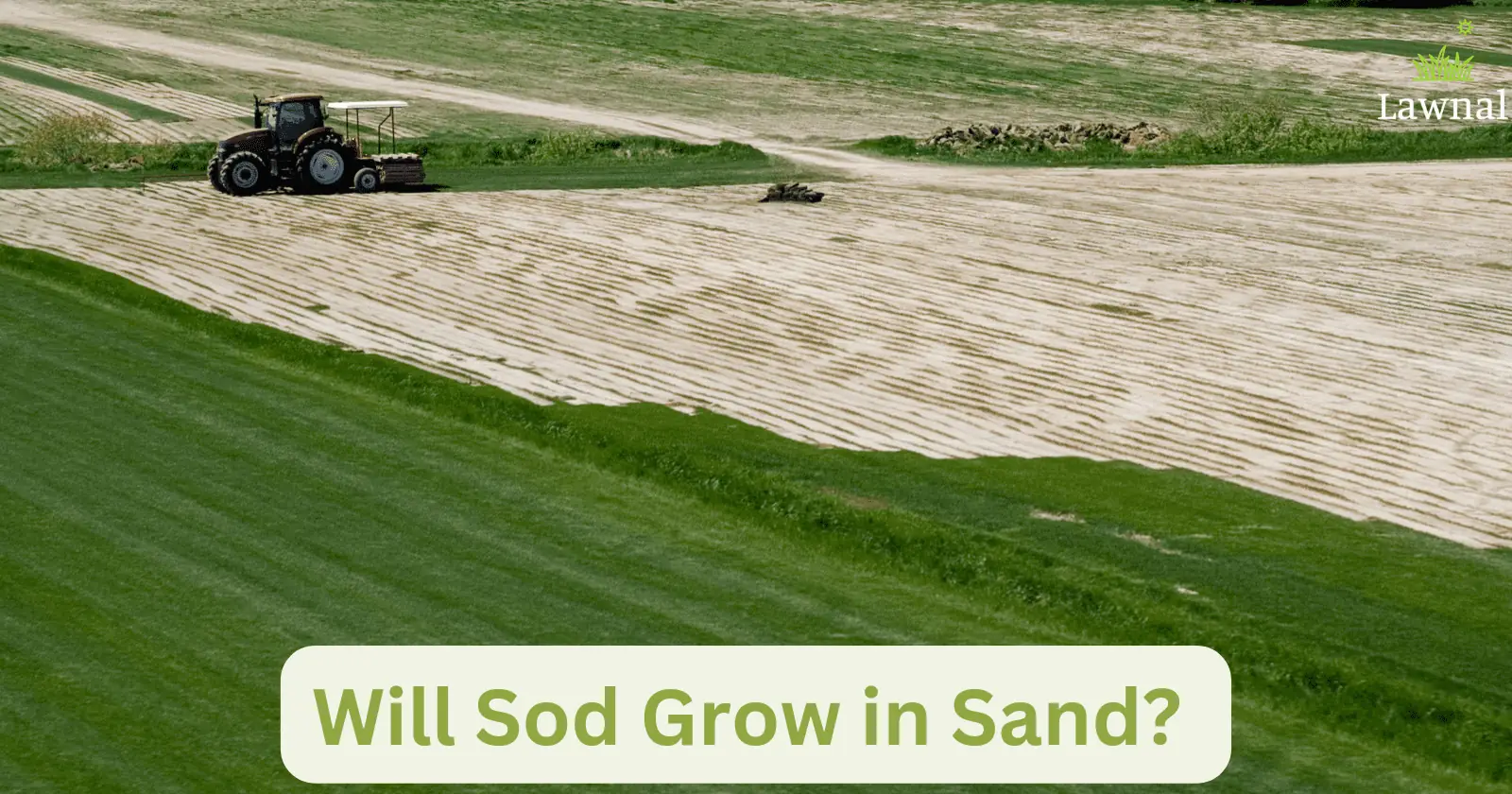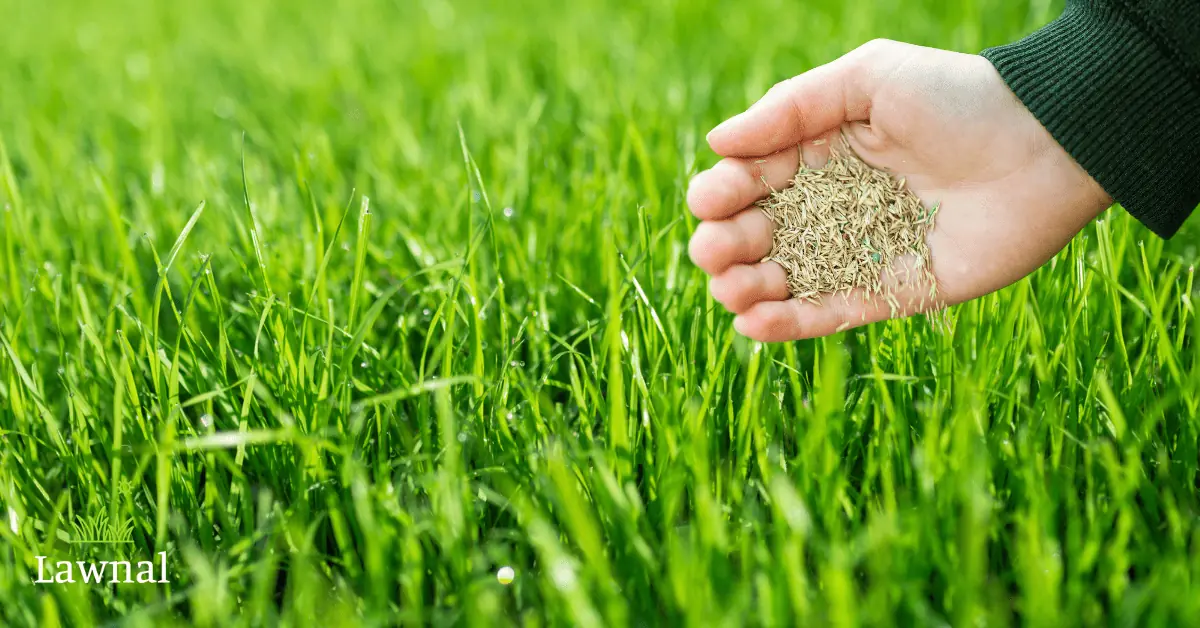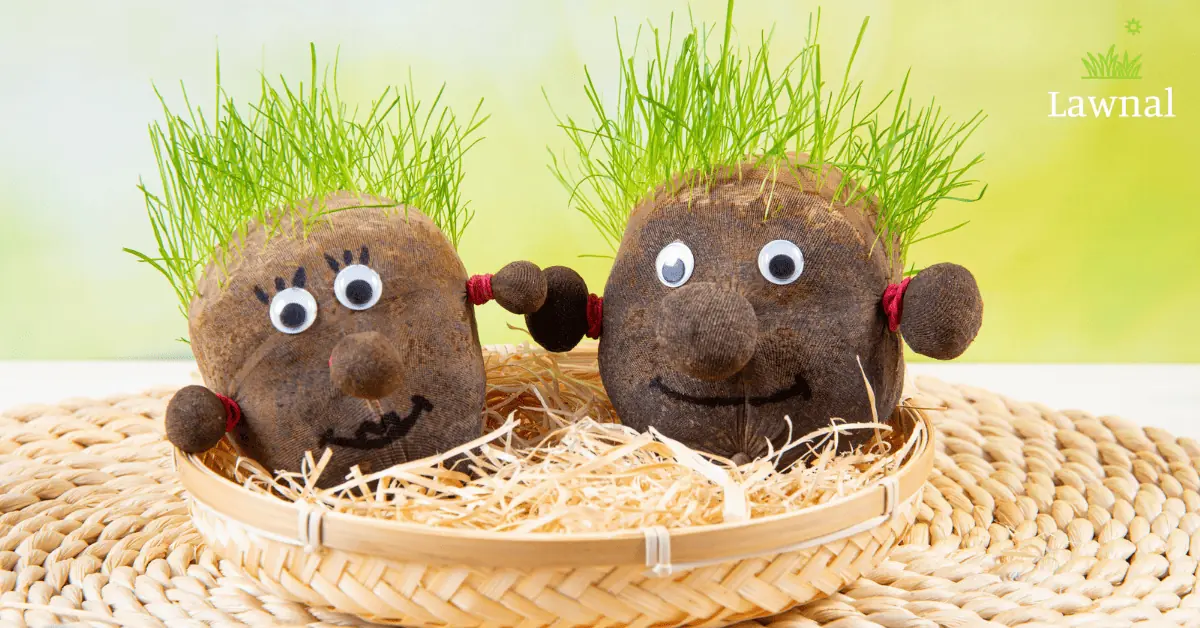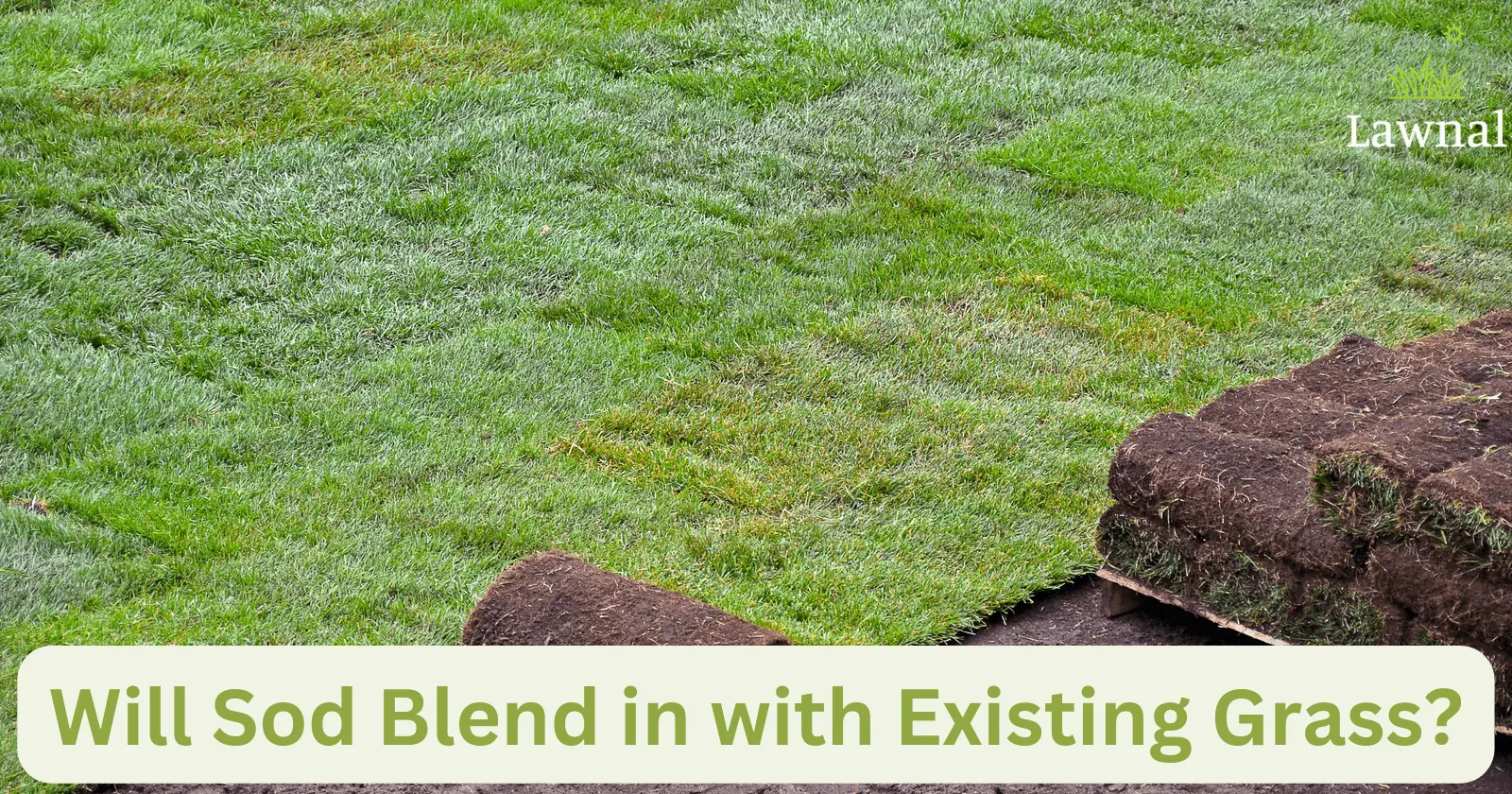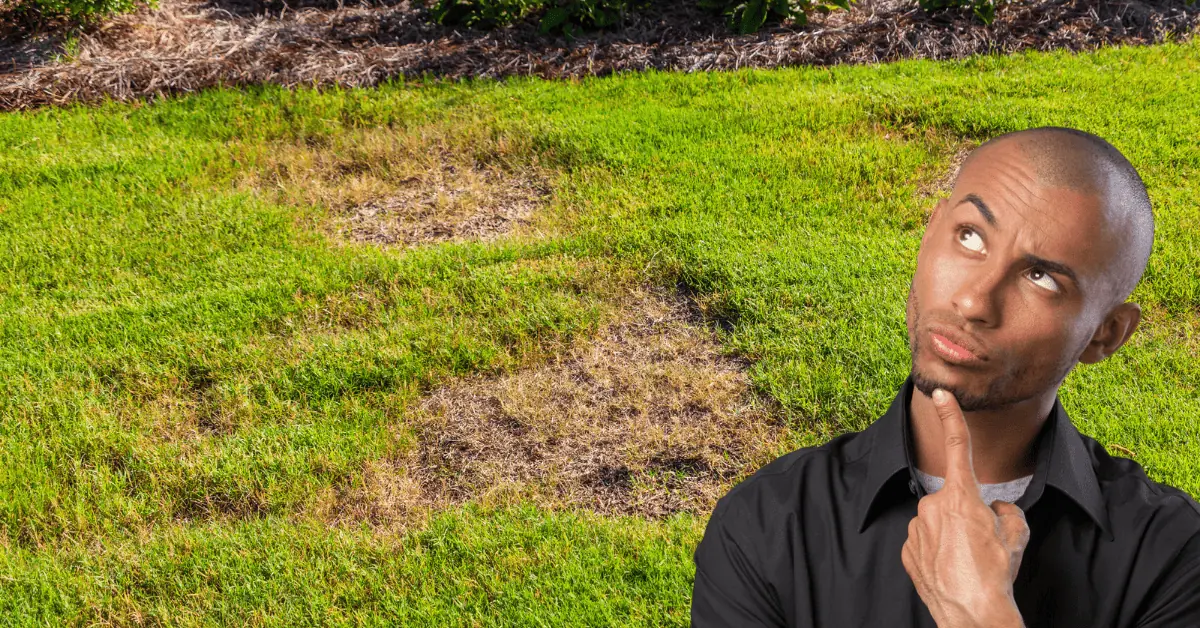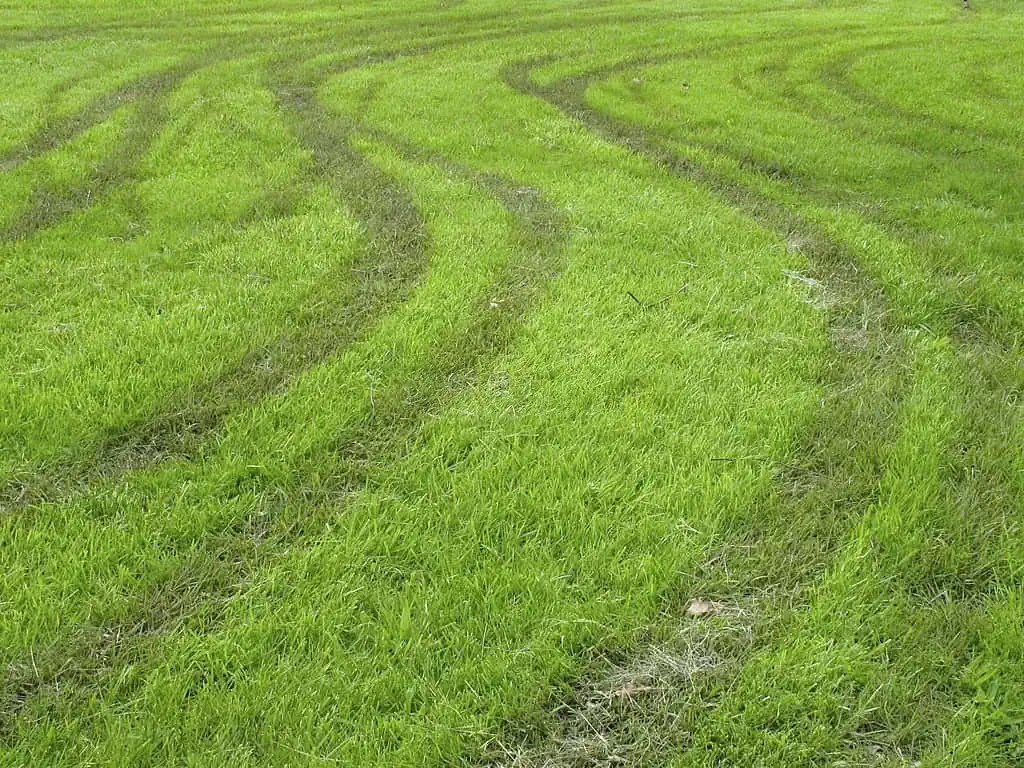Whether you want to plant garden crops, shrubs, or grass, the soil you use matters. The type of soil underneath will affect the plant’s growth positively or negatively. When choosing the soil type, learning the difference between topsoil and lawn soil is essential.
Which one is best for your plant and its continued healthy growth? Before you answer the question, note that lawn soil and topsoil have different soil composition, density, nutritional content, etc. For example, lawn soil is denser and has more compactness than topsoil.
Keep reading to understand and appreciate the similarities and differences between these two soil types.
Are these Soil Types the Same?
Generally, lawn soil and topsoil fall under the same category. In some cases, they’re used interchangeably to represent the same thing. Despite the similarities, they have distinct differences.
When faced with a choice, you must settle for the best to boost outdoor areas and give your plants room to grow to their full potential. You also need soil that will trap rainfall and nutrients accordingly.
As you’ll see, topsoil and lawn soil are different across multiple criteria.
Topsoil vs. Lawn Soil: The Similarities

1. Soil Composition
Topsoil and lawn soil are similar in composition as they both contain sand, which helps water retention and filtration. Further, these two soil types are dirt-based, meaning they can promote plant growth.
Based on the components of the two soil types, you can figure out the kind of plants you should grow.
2. Usage
Topsoil and lawn soil can be used across a variety of areas. They are ideal for lawns, gardens, and other yard areas. However, you still have to explore both soil types to determine the best for your plants. You can boost the benefits when you’re confident about how to use the soil.
3. Compost Material
When you’ve exhausted everything your topsoil and lawn soil have to offer, they both remain helpful in your garden or lawn. That’s because you can add them to your compost material to create an excellent fertilizer for your plants.
Dirt and organic matter in both soils can facilitate the decomposition of the other particles in the compost. This is necessary to release carbon and nitrogen in your homemade fertilizer, providing nutrients plants need for optimum growth and development.
Topsoil vs. Lawn Soil: The Differences

With a clear picture of what makes these soils similar, it’s time to look at what sets them apart.
Topsoil
When it comes to topsoil, it is largely made up of loose dirt, sand, healthy microbes, and other organic materials. Topsoil is also full of nutrients which is why it is ideal for root growth. Also, it provides the perfect cover for grass seeds.
Loose dirt particles mean the soil is less dense than lawn soil, and you can use a spreader to broadcast it in your coverage area. Because topsoil is not compact, it can absorb nutrients from the sun, air, and water, which is essential for growing healthy plants.
Further, topsoil is easy to get on the market, with many companies selling their own mix. However, it would help if you still looked for a specific mixture that matches the plants you plan to grow. Each plant has particular needs, so you must do well to get the right topsoil mix.
Lawn Soil
As for lawn soil, it comprises rocks, stones, clay, and dirt. Thanks to these components, it is dense and heavy. As a result, lawn soil is not the best for promoting the healthy growth of grass and plant roots.
Further, it has a reputation for slowing development because nutrients from the water, sun, and air hardly pass through. Water drainage will be complex as well, thanks to the hard soil.
Lawn soil is perfect for filling the land when you have deep holes in your yard. The soil will help level the field.
Top Soil vs. Lawn Soil: Which is Better?

Each soil type comes with its advantages and serves a purpose. For example, lawn soil is a perfect foundation for your topsoil. You can use it as a subsoil or base soil for your topsoil.
You may have to use a combination of lawn soil and topsoil on your lawn. So, too much of either soil type will negatively affect your lawn. By itself, awn soil is not suitable soil for growing plants. It will limit the growth of plants, and water will drain poorly.
However, adding topsoil to it changes the fortune of your plants. You can grow plants, flowers, and trees and enjoy all the benefits of a healthy lawn with topsoil on your lawn soil. Overall, that makes topsoil better than lawn soil.
How to Identify a Healthy Lawn
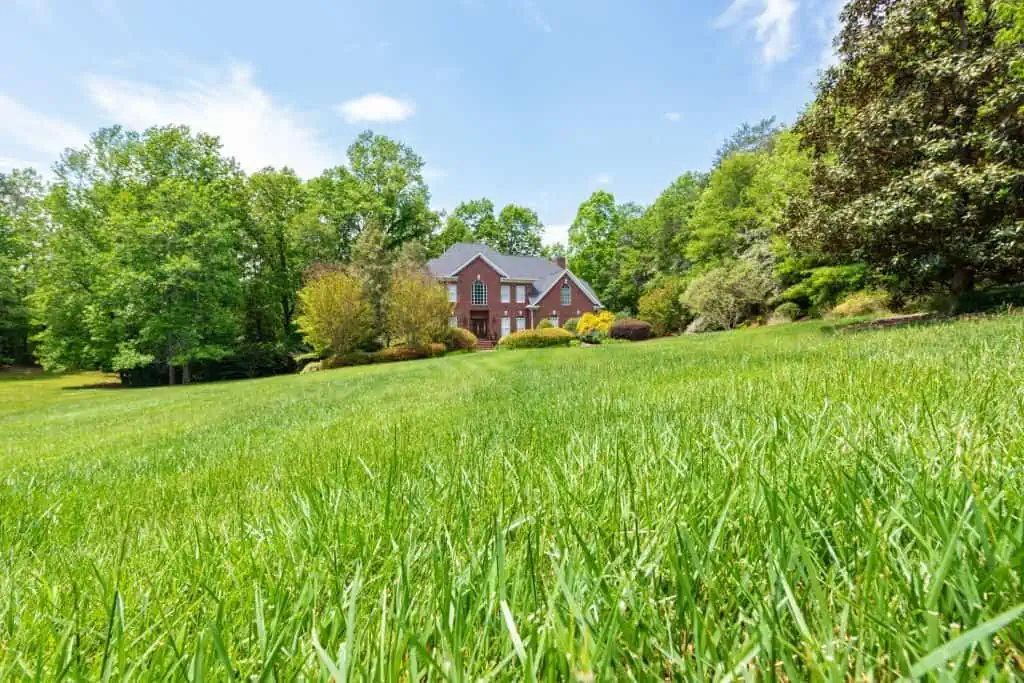
Getting a lush, green lawn covering your yard takes some hard work and commitment. So how do you identify a healthy lawn? Here are some qualities to watch out for:
- A good lawn soil has more organic material, allowing beneficial organisms to thrive in the soil. The decayed matter makes the soil biologically active.
- A healthy lawn should have the ideal pH level to help plants like grass absorb the nutrients in the soil. The ideal pH level for a healthy lawn is between 6 and 7. If unsure, conduct a soil test to check its acidity or alkalinity.
- A healthy lawn is free of hardness or compacted soil. Air, water, and nutrients can pass through if your lawn has this quality.
- Healthy lawn carries a greener and thicker grass which is the envy of your neighborhood. As a result, you will enjoy other benefits, such as less soil erosion and a great cooling effect during the summer.
Can I use Topsoil with an Existing Lawn?
Experts recommend putting topsoil over lawn soil, especially if you want a green, healthier lawn. Also called topdressing, adding the topsoil will promote plant growth, and the lawn will be able to serve its other purposes, such as preventing flooding and erosion.
In the long run, even the topsoil becomes lawn soil. Topsoil accumulates sand, rocks, stones, clay, and other particles in your lawn. As a result, it can become heavy due to overwatering. Because of this, it’ll get worked up and no longer fit for promoting plant growth. It has become denser and more compact, much like lawn soil.
Do the following when you want to add topsoil to the existing lawn:
- Add topsoil when your lawn is prone to various environmental conditions affecting its quality.
- Check the pH level of your existing soil before you apply new topsoil.
- Perform tests to observe whether your current soil and the topsoil you plan to use are compatible.
Tips for Applying Topsoil
When you want to apply topsoil to your lawn, use the following steps:
- Clear and Aerate Turf: Clear the existing turf and leave it to aerate for a while.
- Mow the Lawn: Mow the lawn evenly so that it’s prepared for the top dressing.
- Apply the Topsoil: Experts recommend working a few feet at a time, making sure the mixture is spread evenly across the whole surface. The best way to evenly distribute the new topsoil is to use both sides of a heavy garden rake. Gently work the soil and any mix into the aeration holes with the tine side and spread it out with the flat side of the rake.
- Water the Lawn: Water is necessary for immediate impact on the lawn. Watering will help you get the correct depth of the soil. Preferably, the topdressing should be no more than a couple of centimeters in depth, allowing the tips of the blades of grass to be visibly poking through.
- Smoothen Uneven Areas: After some days, Go over again to ensure every part of the lawn has a similar height. Smoothen if you find uneven areas.
Conclusion
There’s a clear difference between topsoil and garden soil. From the article, topsoil is the soil found in the first 12 inches of the earth, while lawn soil goes deeper, with more solid features.
From the composition, density, and nutritional content of topsoil and lawn soil, you will realize that the latter is an excellent subsoil for topsoil. Using these two soil types ultimately helps in maintaining a healthy lawn.
Now that you know this, topsoil is the best for your lawn and general gardening needs. It’s easily aerated, moist, and an excellent bed for most grasses and plants.
